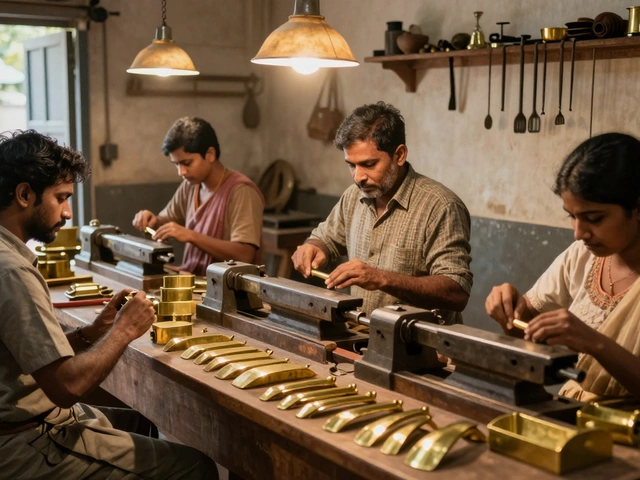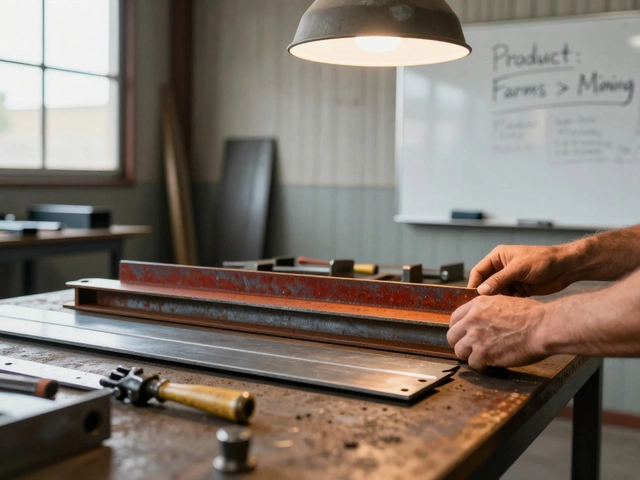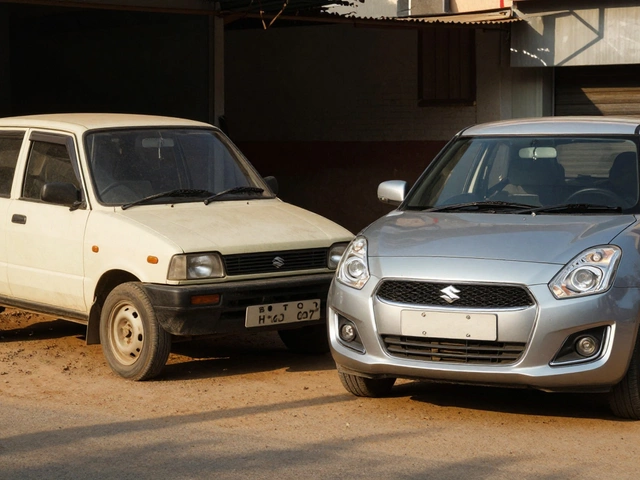Small Business Manufacturing: What You Need to Know in 2025
Thinking about turning a garage or a tiny workshop into a real manufacturing venture? You’re not alone. Across India, more people are looking to launch small‑scale production because the country’s market is booming and the entry barriers are lowering. This guide gives you the nuts‑and‑bolts you need to start, what you’ll spend, and which products are hot right now.
Step‑by‑Step to Launch Your Manufacturing Unit
First, pick a product that fits your budget and skills. The "How to Become a Successful Manufacturer: Step‑by‑Step Guide for 2025" article breaks it down into five simple actions: (1) research demand, (2) map the 5 M’s – Man, Machine, Material, Method, Measurement, (3) secure a small space or lease a shared facility, (4) buy or lease essential equipment, and (5) set up quality checks.
When you charge the 5 M’s, you avoid the common mistake of buying too many machines before knowing your market. Start with one or two versatile pieces of equipment that can handle different product runs – a CNC router or a basic injection molding machine works for many small‑batch items.
Next, get the paperwork right. Register your business as a proprietorship or private limited company, obtain a GST number, and apply for any specific permits related to your product (food, chemicals, textiles, etc.). The cost of registration is usually under ₹20,000, but budgeting for a professional accountant can save headaches later.
Where to Find Low‑Competition Niches and High‑Demand Products
One of the biggest challenges is picking a market that isn’t flooded. The "Industries with Low Competition" post points to sectors like eco‑friendly packaging, custom‑fit furniture components, and niche textile blends. These areas have limited rivals but growing buyer interest.
For product ideas, look at the "Highest Demand Product Ideas for Manufacturing Startups" and "Most In‑Demand Products in 2025" articles. Items such as reusable water bottle caps, smart office organizers, and low‑cost PPE are seeing a surge because both consumers and B2B buyers need them fast.
Combine low competition with high demand: think of making biodegradable plant pots for urban gardeners. The raw material cost is low, the market is still small, and eco‑conscious buyers are willing to pay a premium.
Budget-wise, the "How Much Money Do You Really Need to Start a Small Scale Business in 2025?" piece estimates a starting range of ₹3‑5 lakh for a modest operation – covering rent, a small set of machines, initial inventory, and a bit of marketing. Add a cushion for electricity, which can be unpredictable in some regions.
Don’t forget cash flow. Charge customers on a 30‑day term, but keep a buffer of at least three months of operating expenses. This avoids the common pitfall of running out of money while waiting for payments.
Finally, use the "Understanding the 5 M’s of Manufacturing" as a daily checklist. Keep an eye on your man‑power (train your staff), machine uptime (regular maintenance), material quality (source reliable suppliers), method (standard operating procedures), and measurement (track output vs. waste).
Starting a small manufacturing business in 2025 is doable if you keep things simple, focus on a clear niche, and stay on top of costs. Follow the steps above, watch the market trends, and you’ll turn that workshop idea into a steady income stream.
Step-by-Step Guide to Launching a Small Scale Industry Successfully
Discover how to set up a small scale industry, from choosing the right product to licenses and growth tips. Get practical advice for a successful start.
Read More




